- Skip to primary navigation
- Skip to main content
- Skip to primary sidebar

- FREE Experiments
- Kitchen Science
- Climate Change
- Egg Experiments
- Fairy Tale Science
- Edible Science
- Human Health
- Inspirational Women
- Forces and Motion
- Science Fair Projects
- STEM Challenges
- Science Sparks Books
- Contact Science Sparks
- Science Resources for Home and School

10 Science Experiments Every Child Should Try At Least Once
March 14, 2020 By Emma Vanstone 2 Comments
Do you remember summer holidays spent making baking soda volcanoes, flower petal perfume and homemade ice cream? If not, do you wish you did? This collection of 10 science experiments every child should try at least once would be great fun to work through over a school holiday or when you’re stuck inside on a rainy day. It’s not the most original of lists, most of the experiments are pretty obvious and standard, but they are the ones that stand the test of time. I did most of them with my brother in our garden when we were kids and then with my own children many years later too!
First download the Top 10 Science Experiments for Kids Checklist and tick off each experiment as you complete it!
If you’ve already tried all these, why not work your way around our Periodic Table of Experiments , that will definitely keep you busy for weeks!
Top 10 Science Experiments for Kids
Baking soda volcano.
A baking soda volcano has to be the most popular science experiment out there and definitely a must do experiment for every child. My favourite way to do this one is to wait for a snowy day and make a snow volcano. All the mess is outside and the red lava looks great against white snow.
If you’re looking for something to keep the kids busy for a few days a papier mache volcano is a great science project for do over a period of time.
The volcano in the image below is made from sand. We split the jar inside in half with a sheet of cardboard, before adding red food colouring to one side and yellow to the other for a multicoloured volcanic explosion .
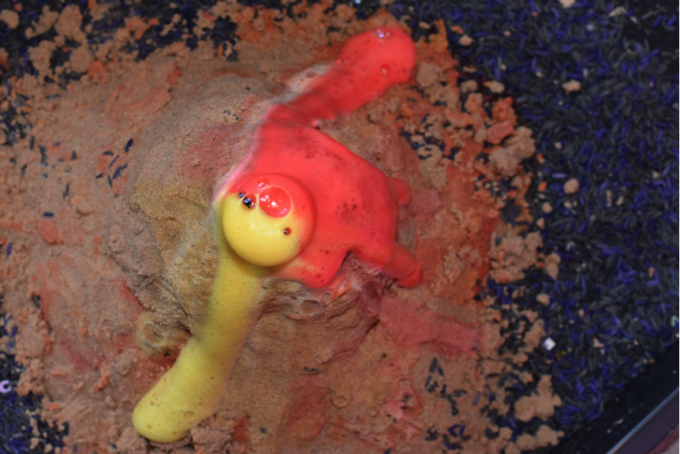
Coke and Mento Eruption
Drop mentos into a bottle of coke and watch as a coke and mento geyser shoots into the air! Children can design and build a device to drop the mentos into the coke as fast as possible or experiment with different types of fizzy drinks to extend the activity.
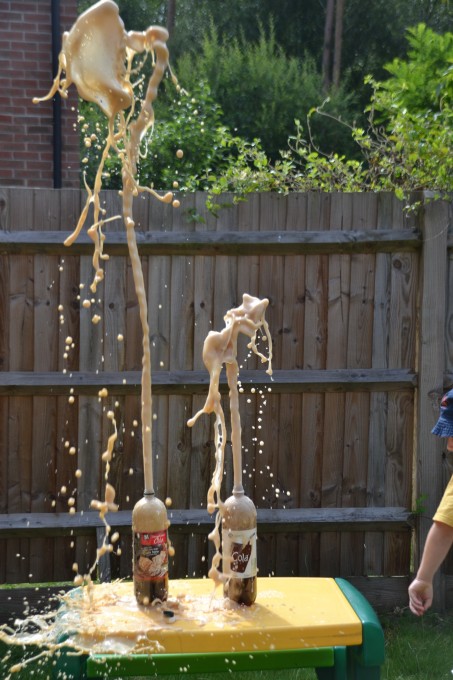
In at number 3 of our top 10 science experiments for kids is another science staple, lava lamps are brilliant fun with the added advantage that they can be used over and over again!
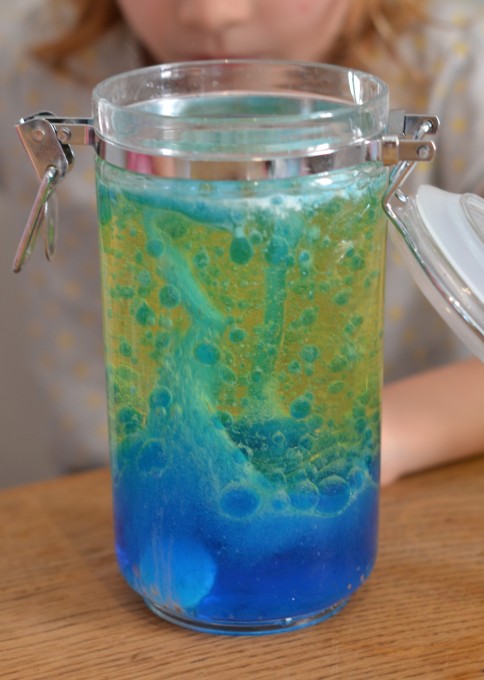
Giant Sweets
So far I haven’t met a child who hasn’t enjoyed watching a small sweet triple in size almost as they watch!
All you need to do is place a small gummy sweet ( Haribo are perfect ) in water and leave it for a couple of hours.
Bottle Rockets shoot up into the air and fly a long way but need a bit of prep. Film canister rockets are quick and easy, or if you fancy something almost mess free straw rockets are great fun too.
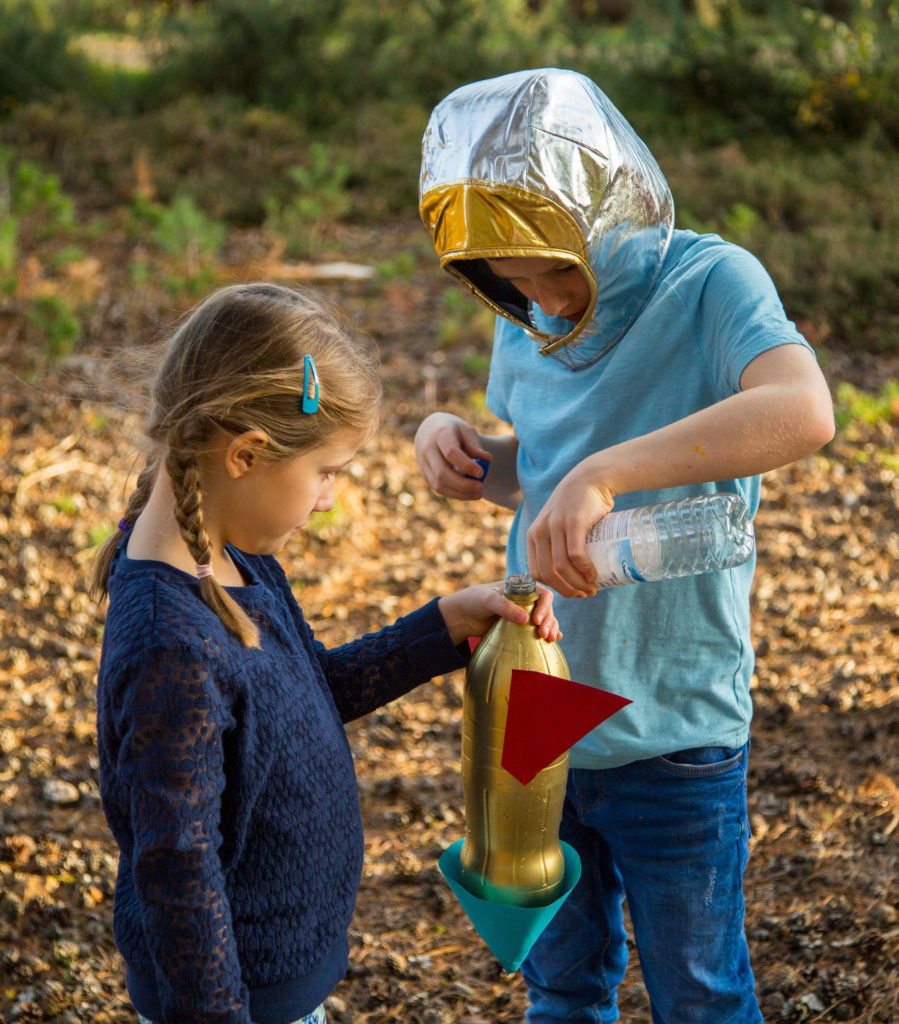
Watching colours shoot over the surface of milk is always great fun. The Magic Milk experiment is over quite quickly, but totally worth the effort for the wow factor.
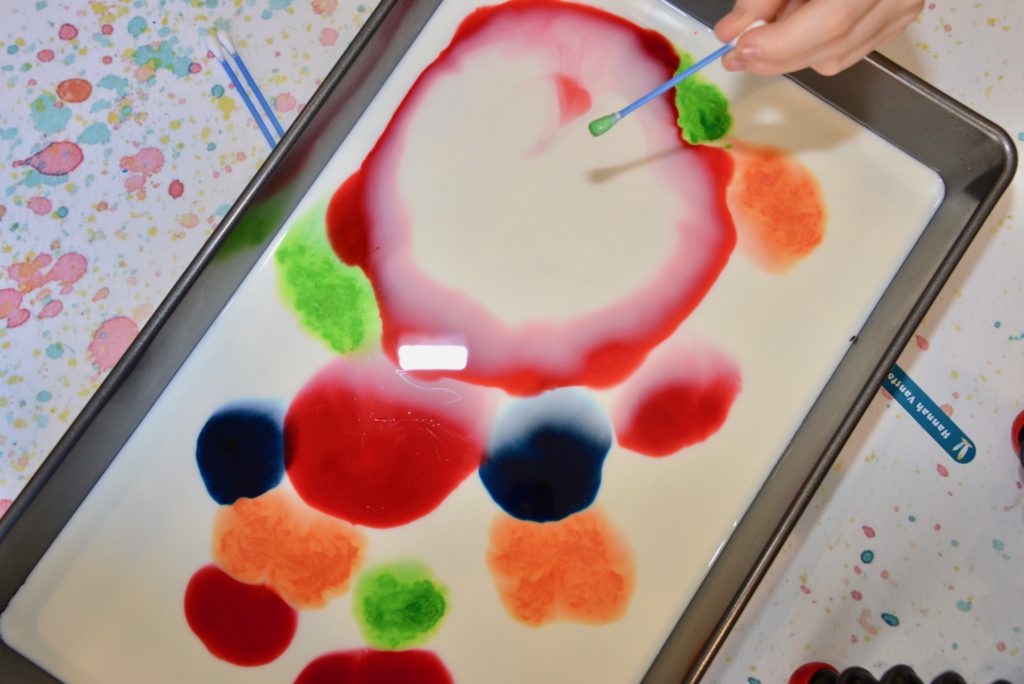
Skittles Experiment
If you haven’t tried this one you’re really missing out! Simply put skittles on a white plate and pour water over the top. The water can be hot, warm or cold ( some ideas for how to make it an investigation there ). The end result is always impressive no matter how many times you try it.
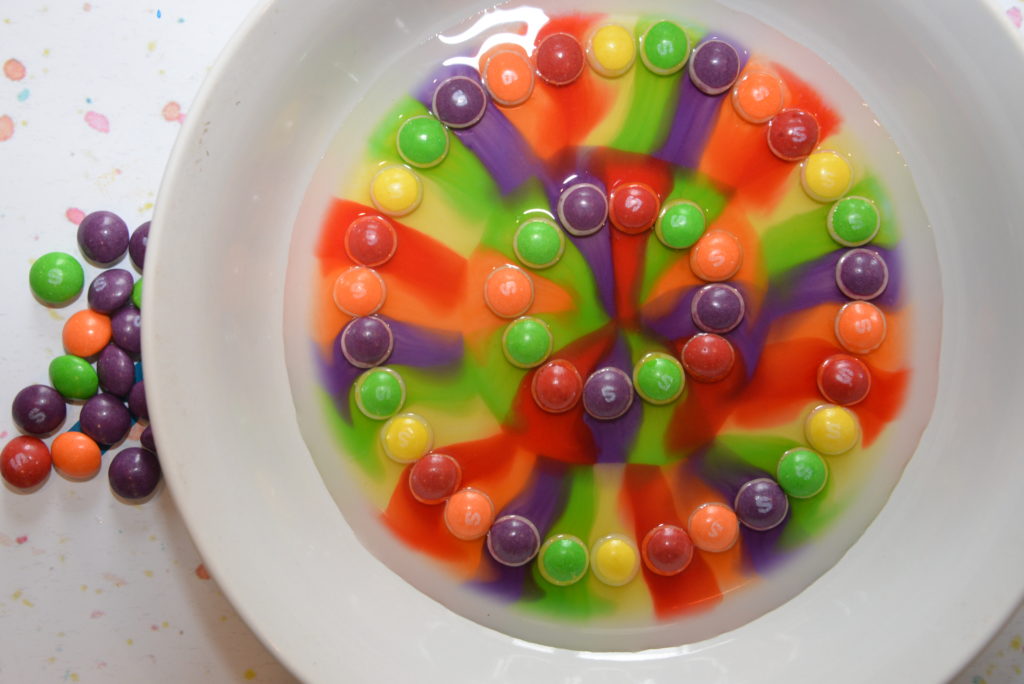
Rainbow Bubbles
Bubbles are great fun for kids of all ages and spotting a rainbow in a bubble is super exciting for little ones. Older kids can experiment with creating their own bubble solution and making giant bubbles !
Ice Cream in a Bag
This is another very traditional science experiment. Use the cooling power of ice and salt to make homemade ice cream.
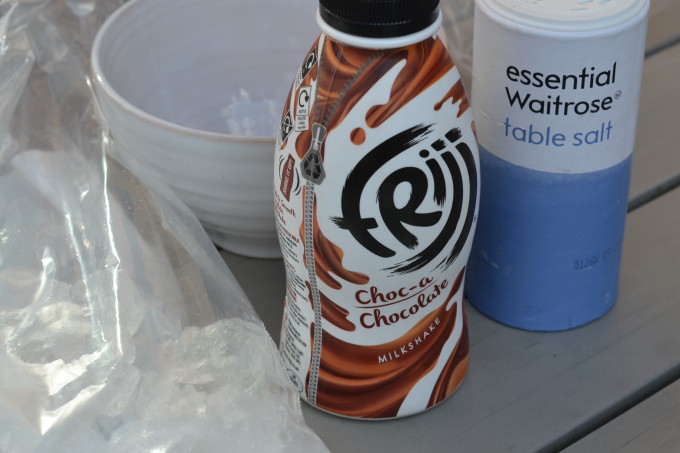
Finally last but definitely not least in our list of science experiments every child should try at least once are these very cool catapults made with lolly sticks or craft sticks, elastic bands and a milk jug lid. They are great fun, easy enough for little children to use and older children can tweak or improve the design.
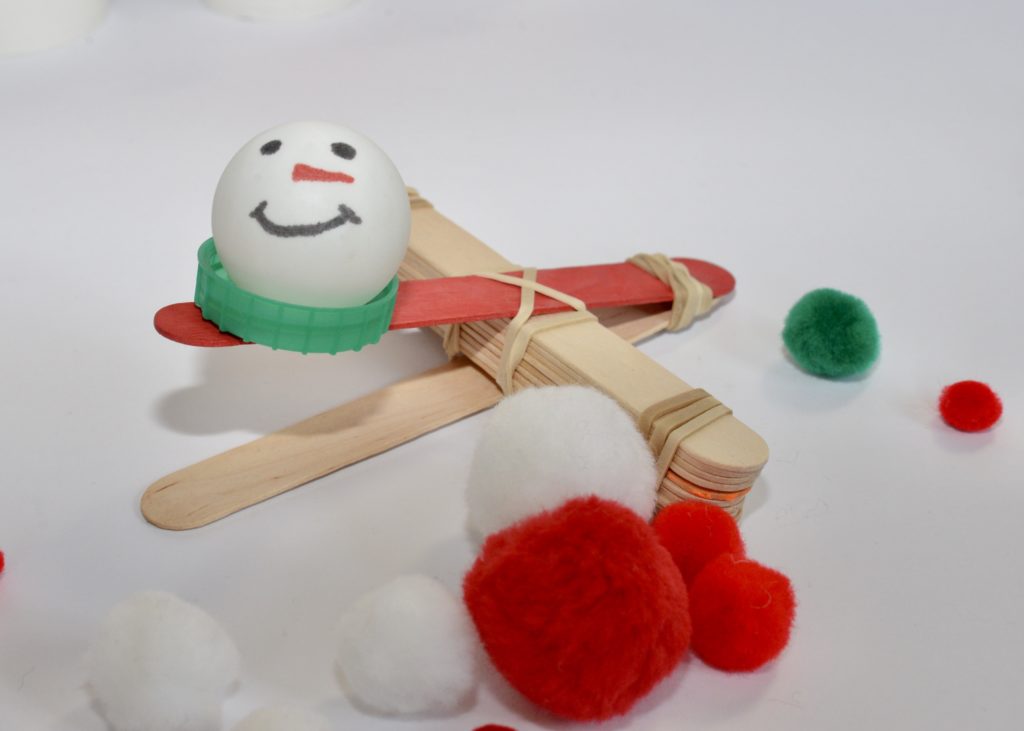
How many have you tried? Will you attempt all our top 10 Science Experiments ?
Click on the image to download our Top 10 Science Experiments for Kids Checklist.
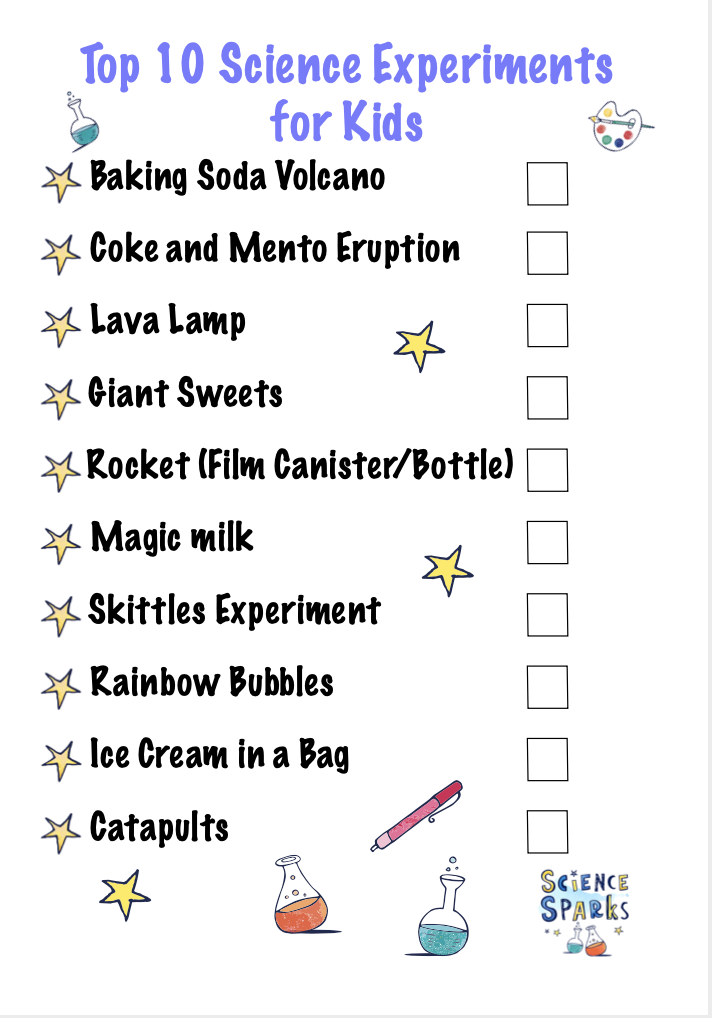
More Must Try Science Experiments
We haven’t tried Elephants Toothpaste , but it’s another famous science experiment and pretty explosive.
I’m also a big fan of the candy house which always keeps my kids happy and busy for hours.
What would be on your top 10 list of science experiments for kids ?
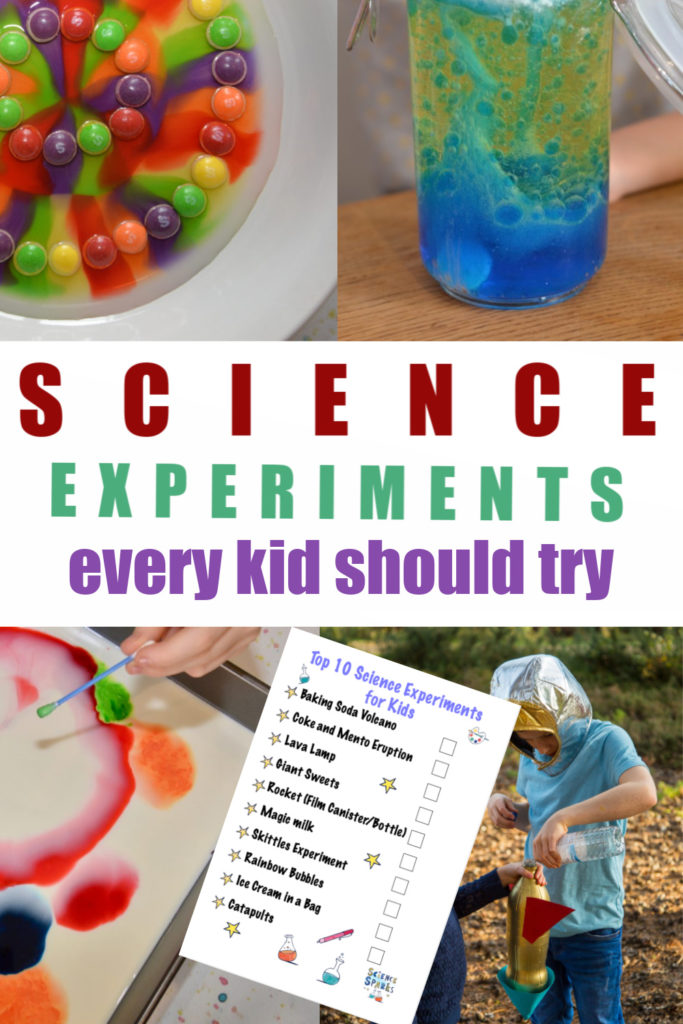
Last Updated on March 30, 2022 by Emma Vanstone
Safety Notice
Science Sparks ( Wild Sparks Enterprises Ltd ) are not liable for the actions of activity of any person who uses the information in this resource or in any of the suggested further resources. Science Sparks assume no liability with regard to injuries or damage to property that may occur as a result of using the information and carrying out the practical activities contained in this resource or in any of the suggested further resources.
These activities are designed to be carried out by children working with a parent, guardian or other appropriate adult. The adult involved is fully responsible for ensuring that the activities are carried out safely.
Reader Interactions
April 27, 2020 at 9:42 pm
My kids and I did the skittles experiment, and my five-year-old wanted to tell you how much she likes the way the colors spread out. We had a lot of fun. Thank you for suggesting these 10 experiments!
May 12, 2021 at 11:53 am
Science experiments like these are perfect for enhancing a child’s curiosity level. It will spark their enthusiasm towards learning more!
Leave a Reply Cancel reply
Your email address will not be published. Required fields are marked *
Top Ten Most Popular Science Projects
Some science projects become old favorites at science fairs because they are simple to do, yet nice to look at, informative, and above all, fun. Here are some popular science fair projects that give a lot of bang for the buck.
Baking Soda and Vinegar Volcano
This classic project uses baking soda, vinegar and red food coloring to simulate a volcanic eruption. You can make the body of the volcano out of clay or plaster. Try to make it as realistic as possible, with a convincing magma chamber, conduit and crater. When you are ready, mix a cup of vinegar and a spoonful or two of baking soda in order to create a foamy flow of lava.

Mentos and Soda Fountain
This experiment is very easy to do, and is so fun it has been featured in a major TV ad and countless internet videos.
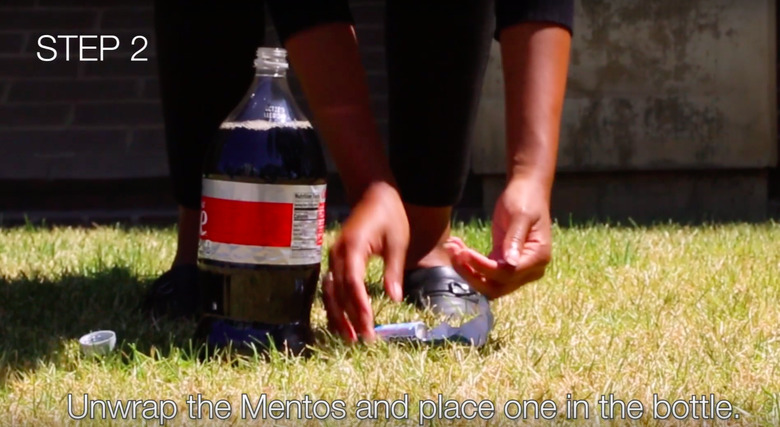
1. Carefully open soda bottle
It will reach a height of about six feet, so you may want to try this outdoors! (Also, you may want to use diet soda to avoid stickiness.)
2. Unwrap Mentos and place one in bottle
When you drop a roll of Mentos into a 2 liter bottle of soda, CO2 bubbles attach to the surface of the candy and grow as the candy dissolves. This creates a soda geyser almost instantly.
Invisible Ink
There are many different solutions that can make for an effective invisible ink. One of the most well-known is made from lemon juice. The juice of a lemon or two is likely to be enough: you only need enough to dip a small paintbrush that you will use to write your secret message.
The invisible ink can be made visible just by heating it carefully over a candle for a few seconds. For something with a bit more of a high-tech flair you can use Quinine Sulfate tablets to make an ink that will only become visible under UV light. Quinine sulfate is used for the treatment of malaria and is easy to find online.
Crystal Growing
There are many different techniques for having fun with crystals. One of the most colorful methods involves dropping metal salts like calcium chloride, lead nitrate or copper sulfate into a solution of sodium silicate, but you will need to borrow those from the school's chemistry lab.If you would rather use off-the shelf materials for your crystal growing experiments, you can create a warm saturated solution with a crystal solute like salt, sugar, alum or aniline. Dip a bit of string into it and wait for it to cool off. The particles in the solution will aggregate around the surface of the string and create tiny seed crystals.After a few days you will have some gorgeous crystal formations.
Vegetable Battery
Vegetables do not have electricity per se, but they have electrolytes that can transport a current when sandwiched between two different metals. The classic version of this experiment involves a lemon, a galvanized nail and a copper coin connected to a small light bulb or a LED, but you can experiment with different vegetables and different metals and record the results. If you want to make your results more precise (and more "scientific-looking") you can use an inexpensive multimeter to measure the precise voltage produced.
Wind Energy
Sustainable energy is all the rage these days, and you can build several simple experiments around the generation of wind energy. The rotor of a wind generator works on the same principles used by the humble pinwheel, so you can buy or make pinwheels of different sizes and different numbers of blades and look for the things that make them go slower or faster.If you use an electric fan or a hair dryer, you can also stress-test the different designs and materials to see if some handle high speeds better than others.
Water Electrolysis
Hydrogen is another potential source of sustainable energy, and you can easily generate some by disintegrating water into its basic elements via an electrical current.Take a large battery (9 Volts or above), connect wires to its terminals and dip them into salty water. You should see bubbles forming around the tips of the wires as the water breaks down into oxygen and hydrogen.Try using different materials for the electrodes (like nails, or the graphite from a pencil), and different additives for the water (like vinegar, or distilled water), in order to achieve a more efficient process and generate more bubbles.
Plant Science
Place a few beans in a glass jar full of wet cotton. They will sprout within a few days, providing you with the material for some interesting botanic experiments: Can you make the sprouts grow faster if you place them in the sunlight? How about electric light? What if you keep one in the shadows, and what if you mash a vitamin tablet and add it to the water? You can use a ruler and keep a journal of the growth of the sprouts under different conditions.
Magnetic Fields
You can create some beautiful patterns just by placing a magnet on a white sheet of paper and sprinkling some iron filings around it. The fillings will trace the invisible lines made by the magnetic fields, and you can use this to compare the power and the characteristics of different magnets. You can repeat this experiment using several magnets close to each other in order to see the interaction of their fields, but you will have to tape them to the table or they will simply stick to each other.
Tooth Decay
Another oldie but goodie: Measure the effect that immersion in different liquids has on teeth. Drop a tooth on a glass of water, another on a glass of soda and another on a glass of vinegar, plus any other interesting liquids that you can think of, leave them there for a few days, and keep a diary recording the effects of the liquid on the enamel. If you do not have enough spare teeth in storage, you can also use seashells, which have a similar composition. You will never forget to brush your teeth after this!
- Chicago Student Science Fair
- California State Science Fair
- Free Science Fair Projects
Cite This Article
Valdez, Alan. "Top Ten Most Popular Science Projects" sciencing.com , https://www.sciencing.com/top-ten-popular-science-projects-6570510/. 13 September 2019.
Valdez, Alan. (2019, September 13). Top Ten Most Popular Science Projects. sciencing.com . Retrieved from https://www.sciencing.com/top-ten-popular-science-projects-6570510/
Valdez, Alan. Top Ten Most Popular Science Projects last modified August 30, 2022. https://www.sciencing.com/top-ten-popular-science-projects-6570510/
Recommended

IMAGES
VIDEO